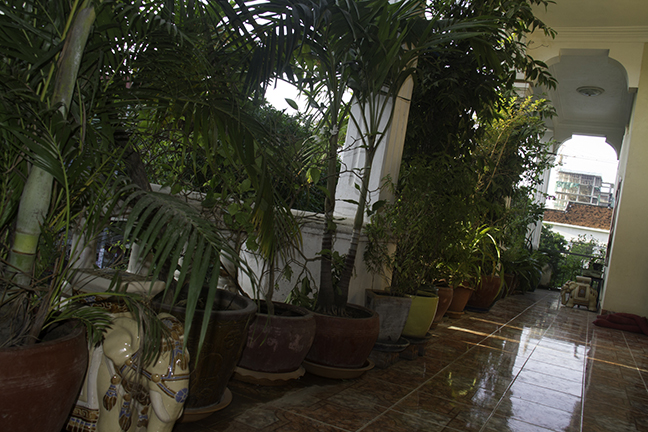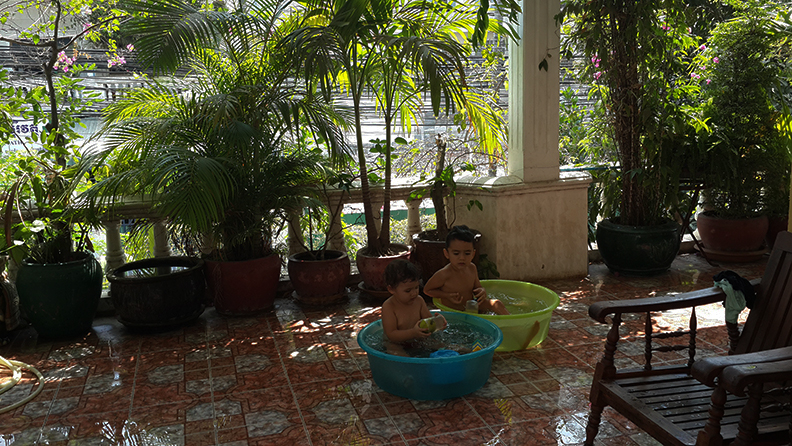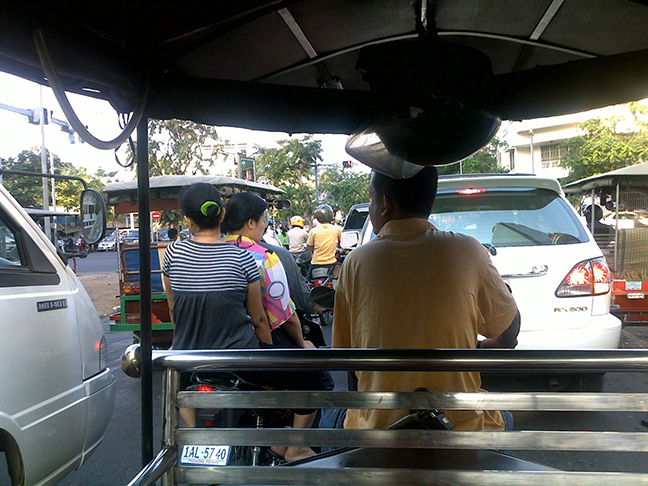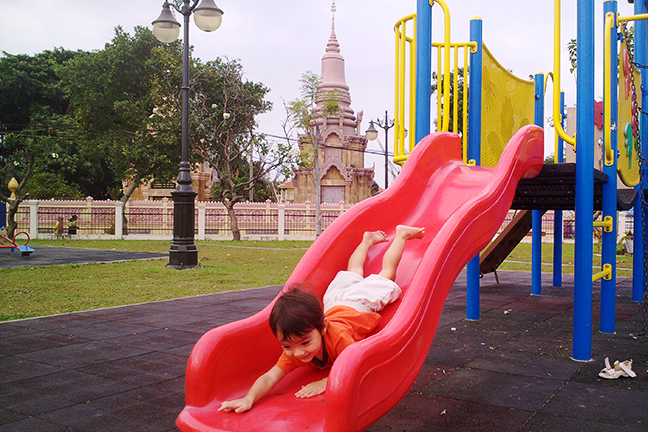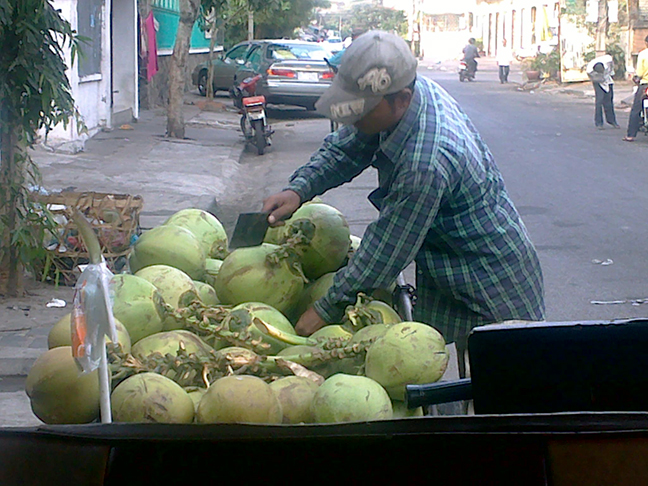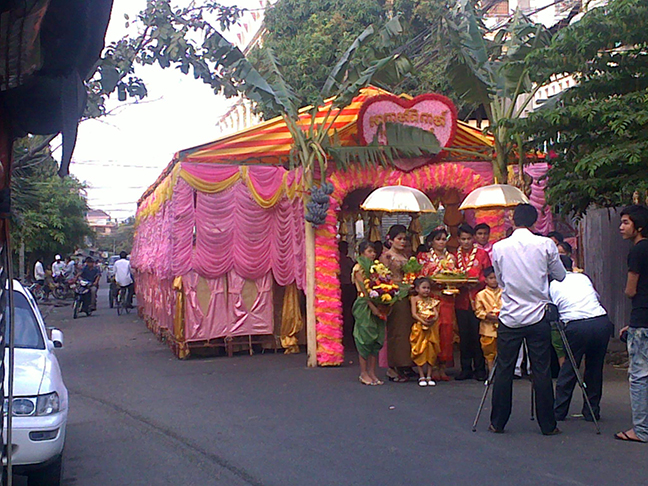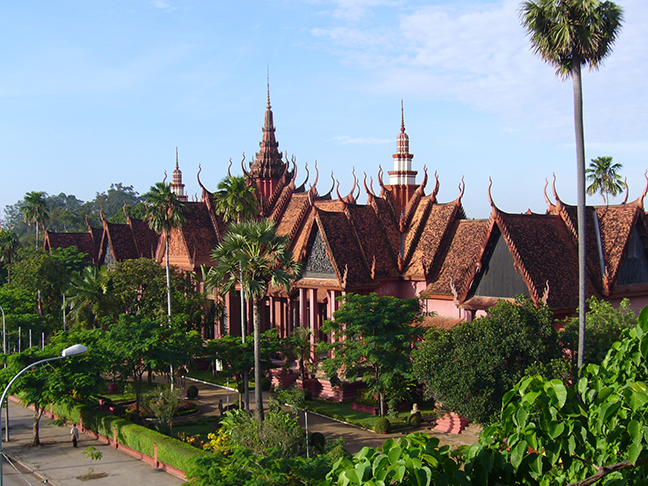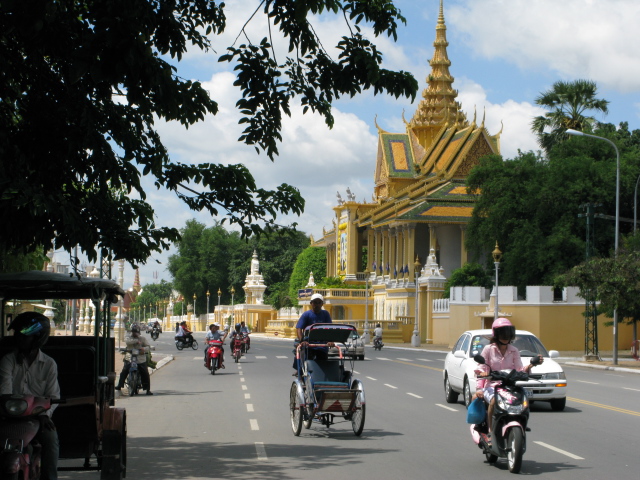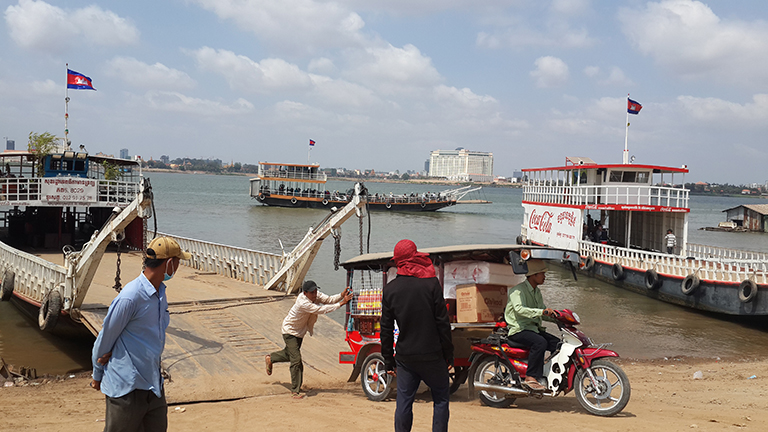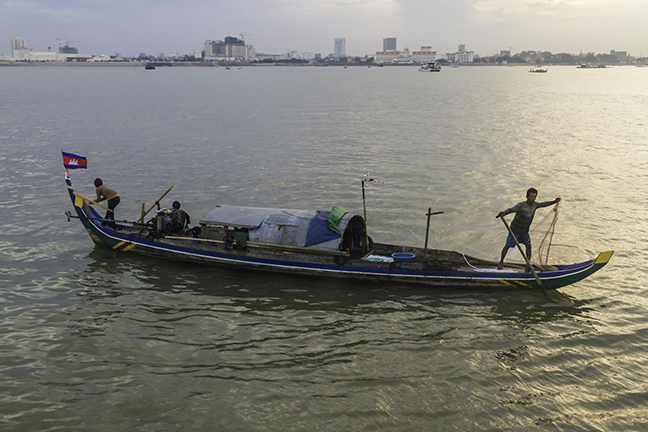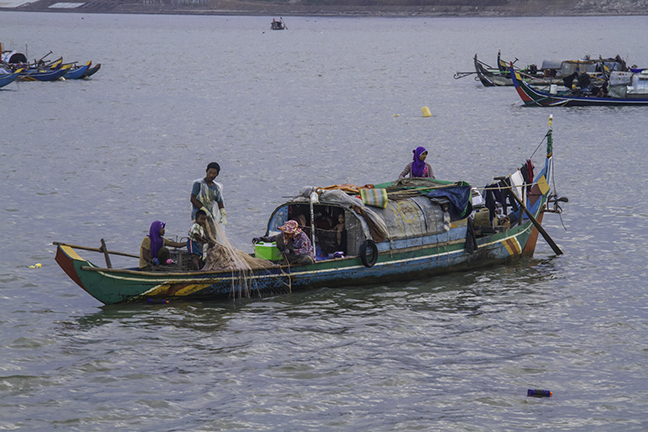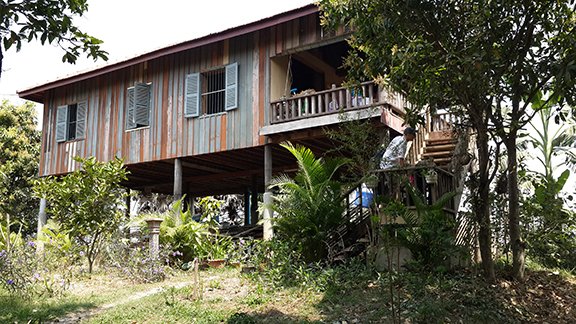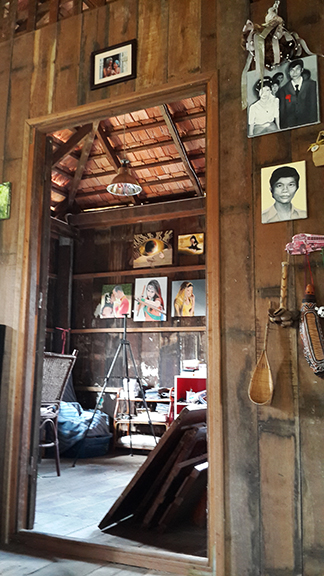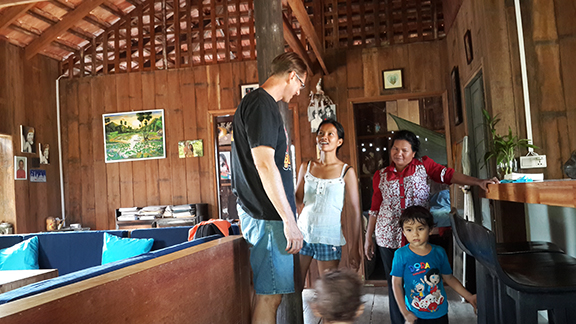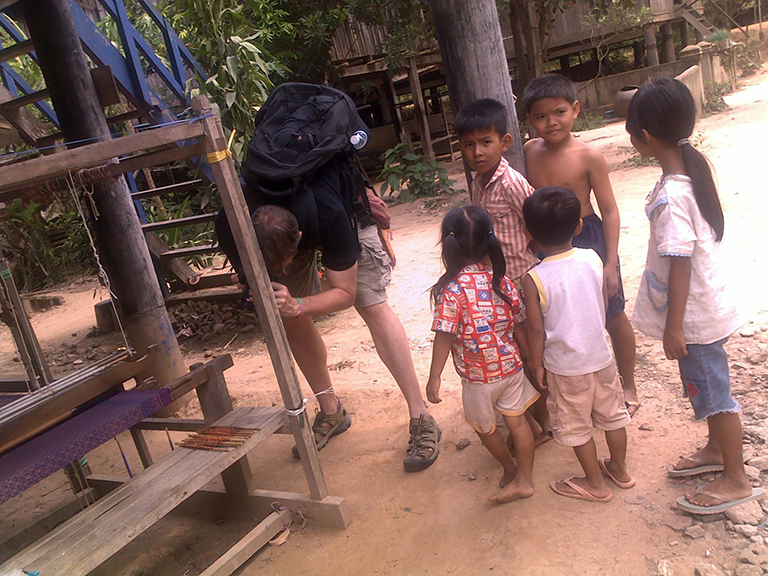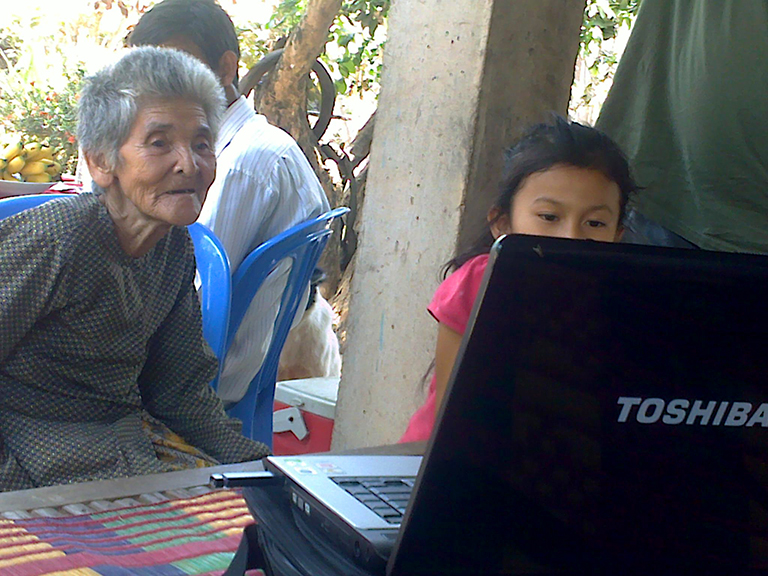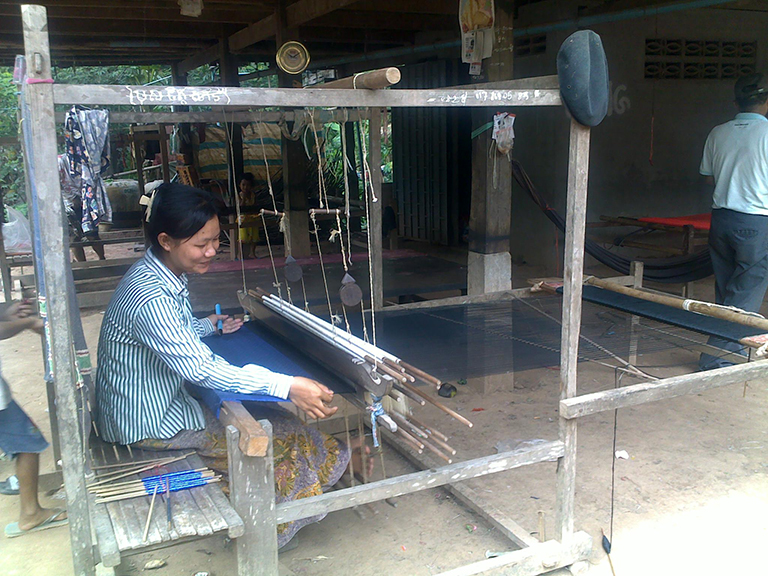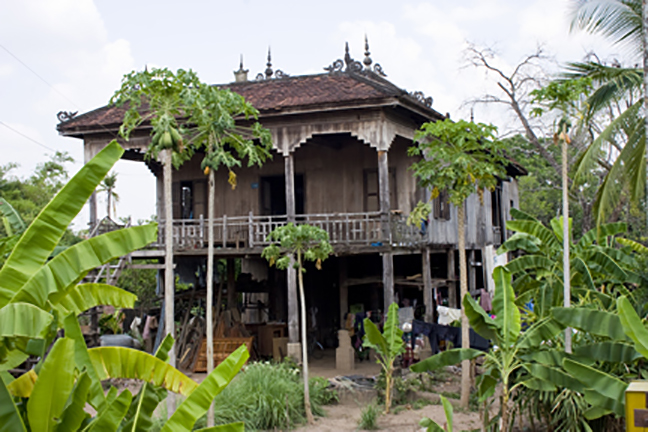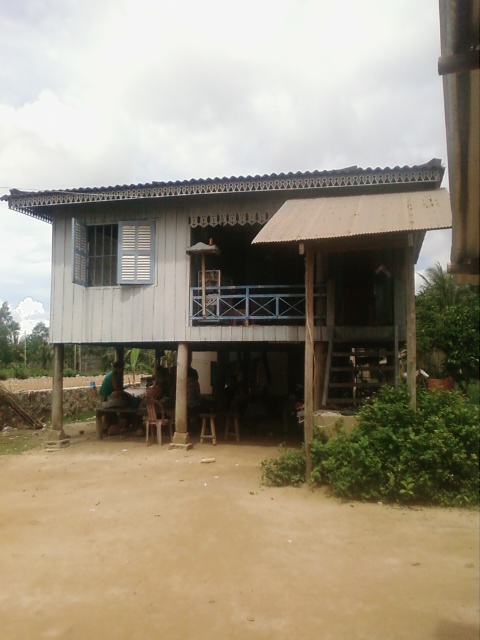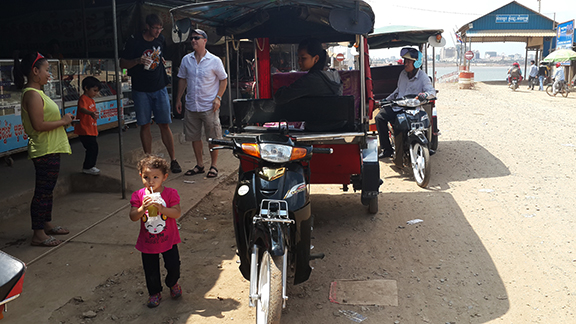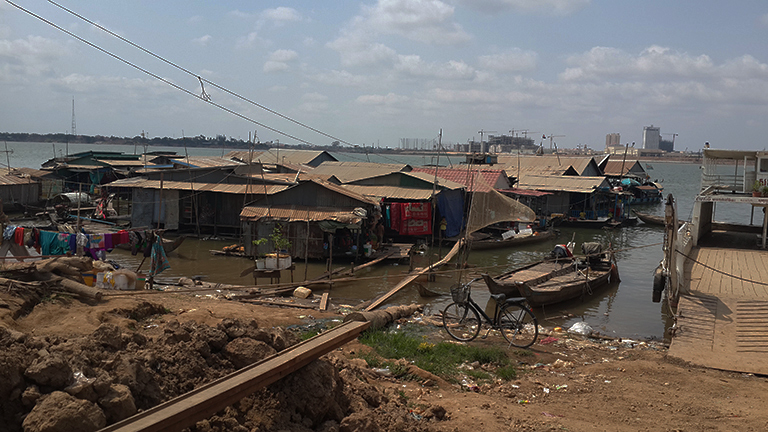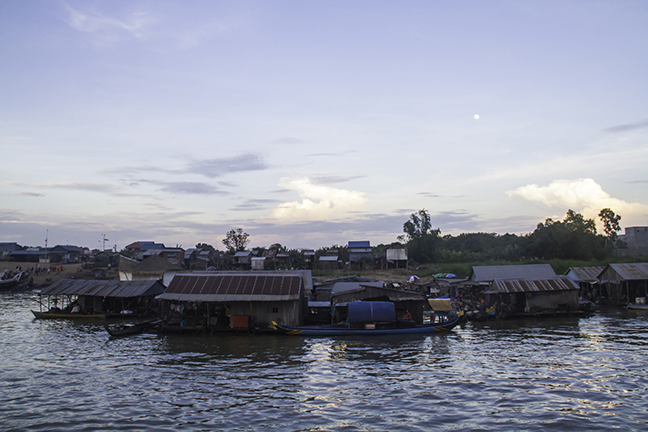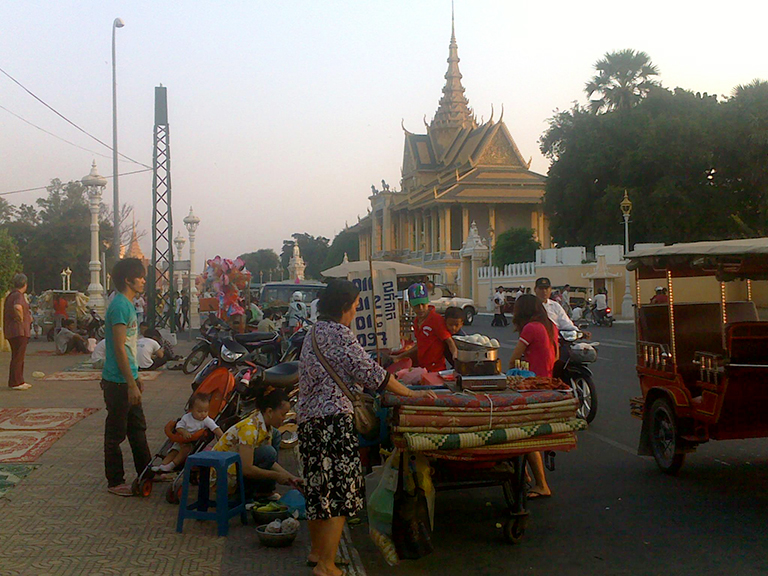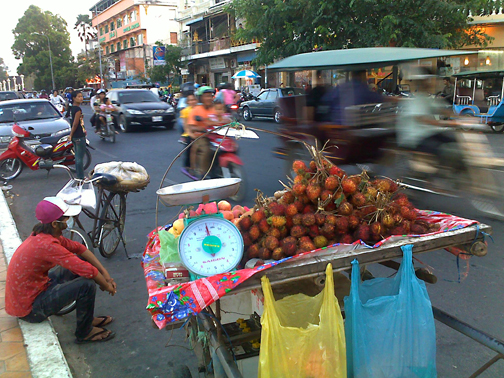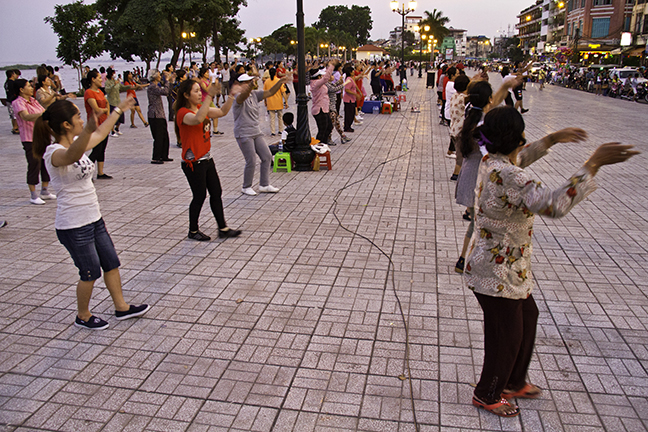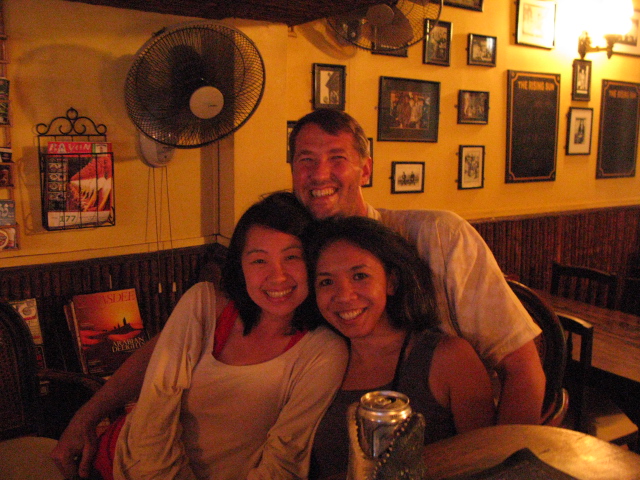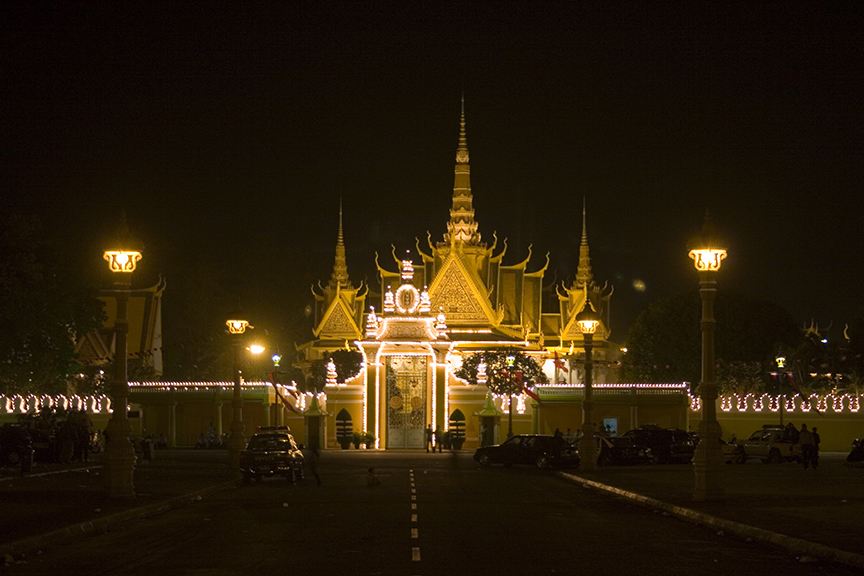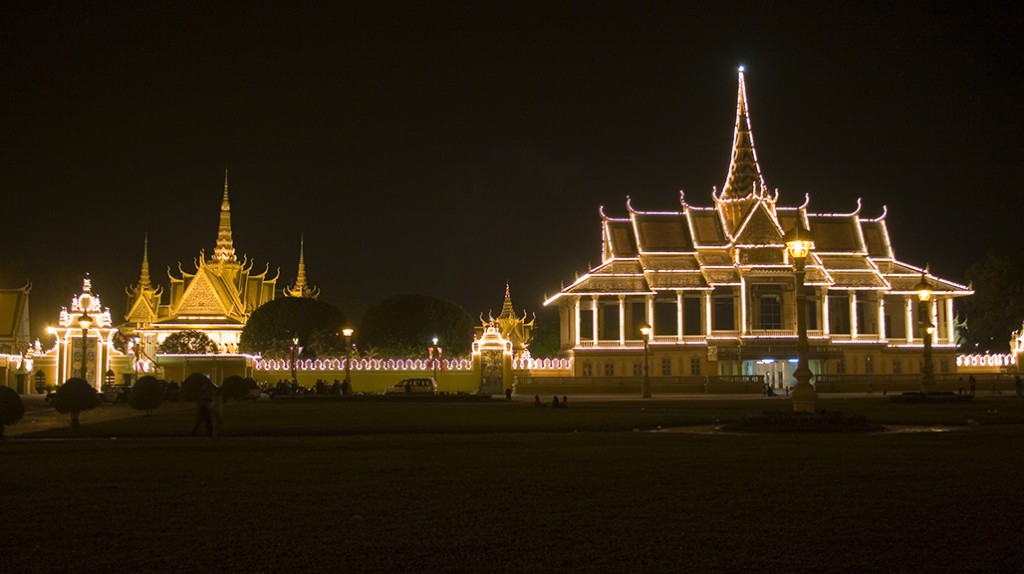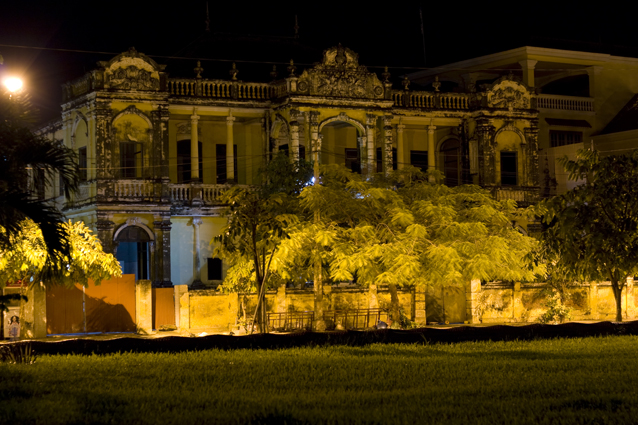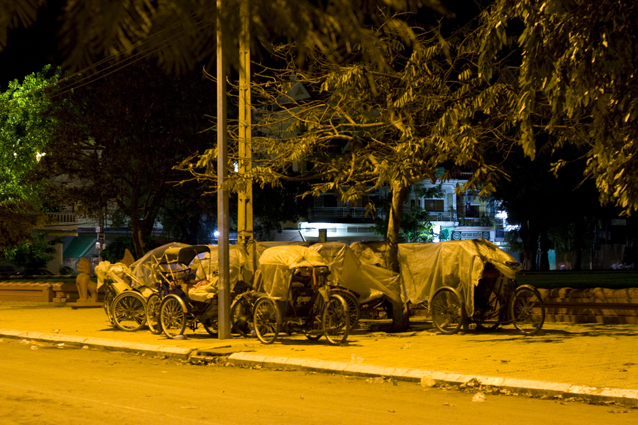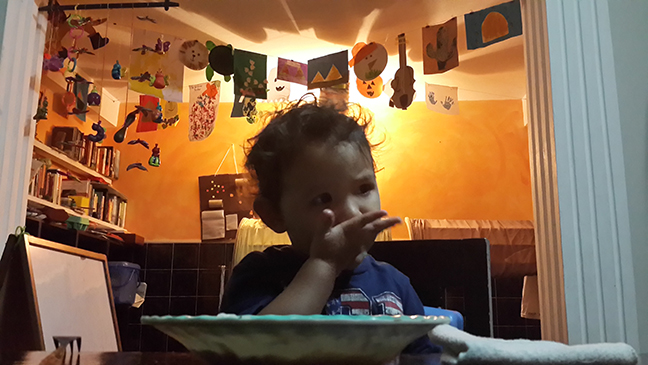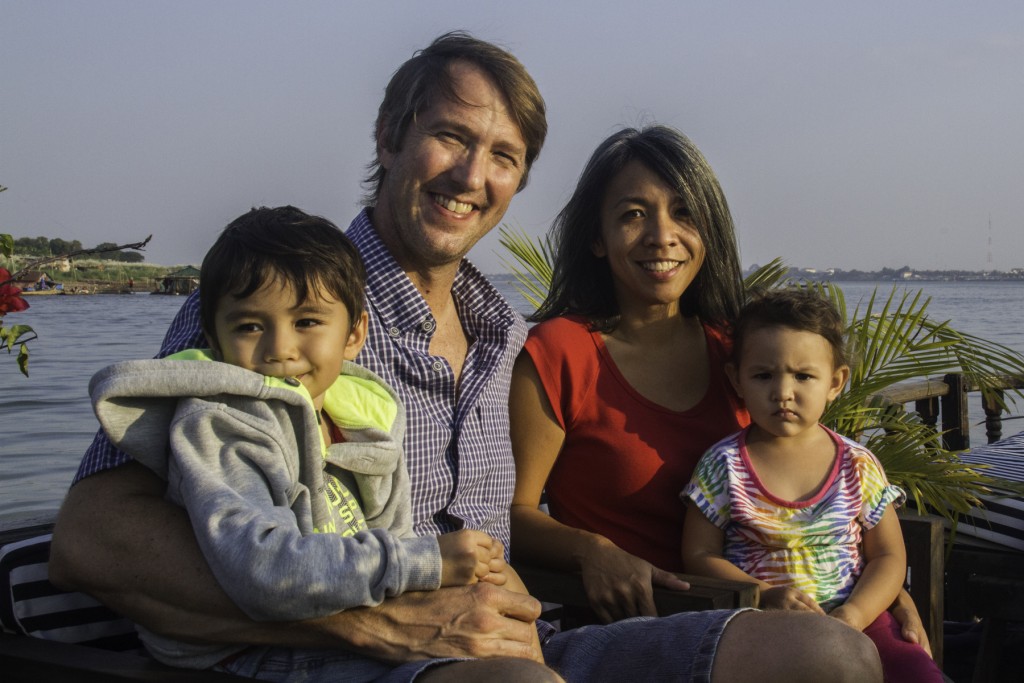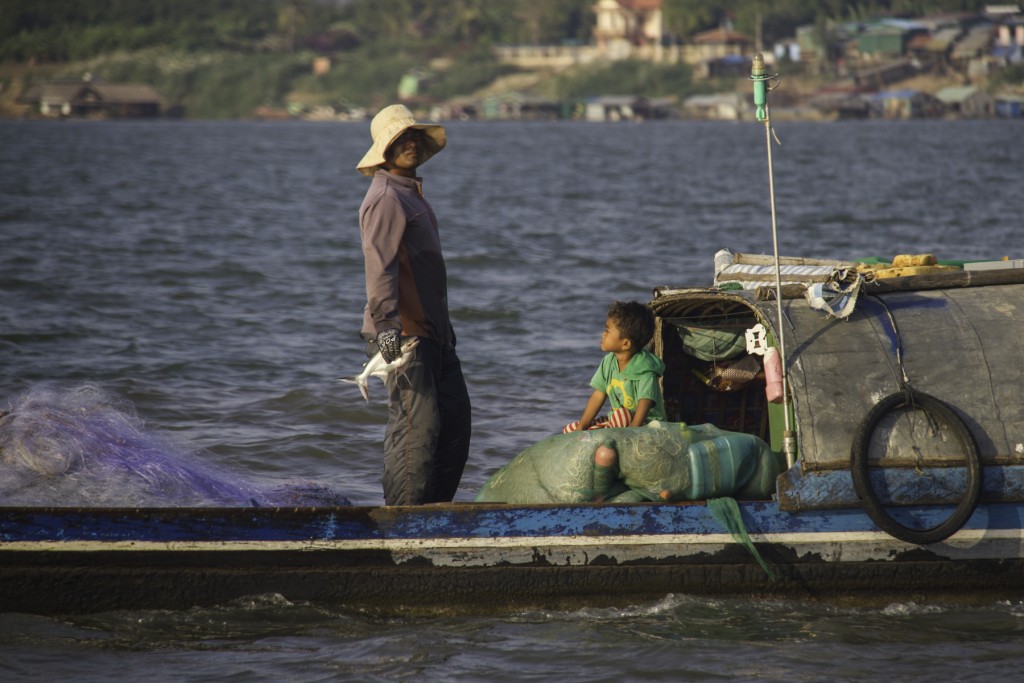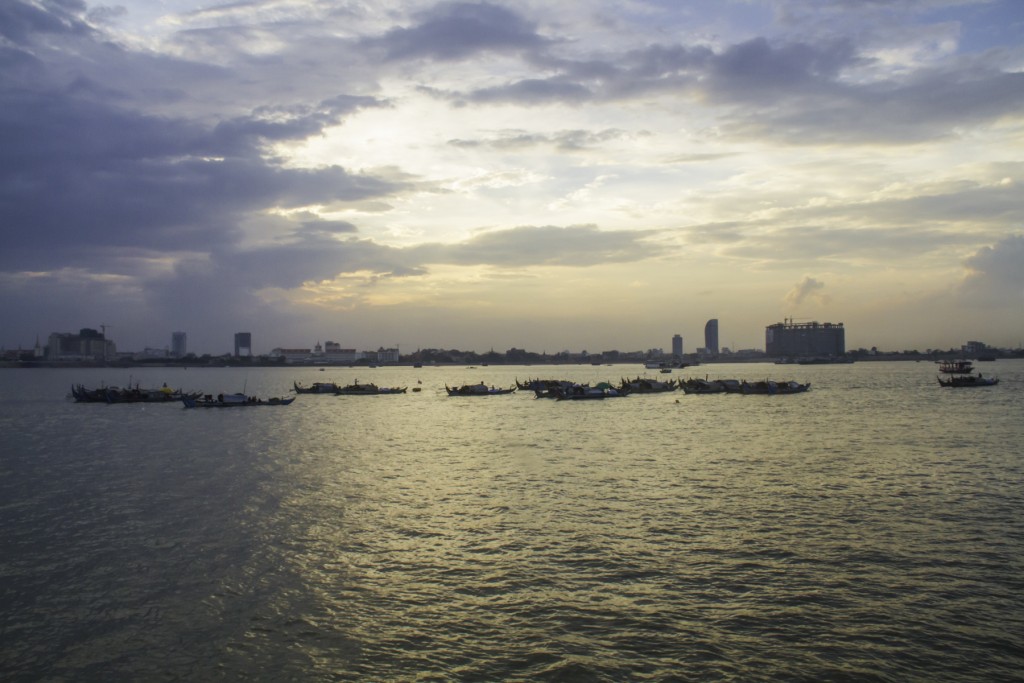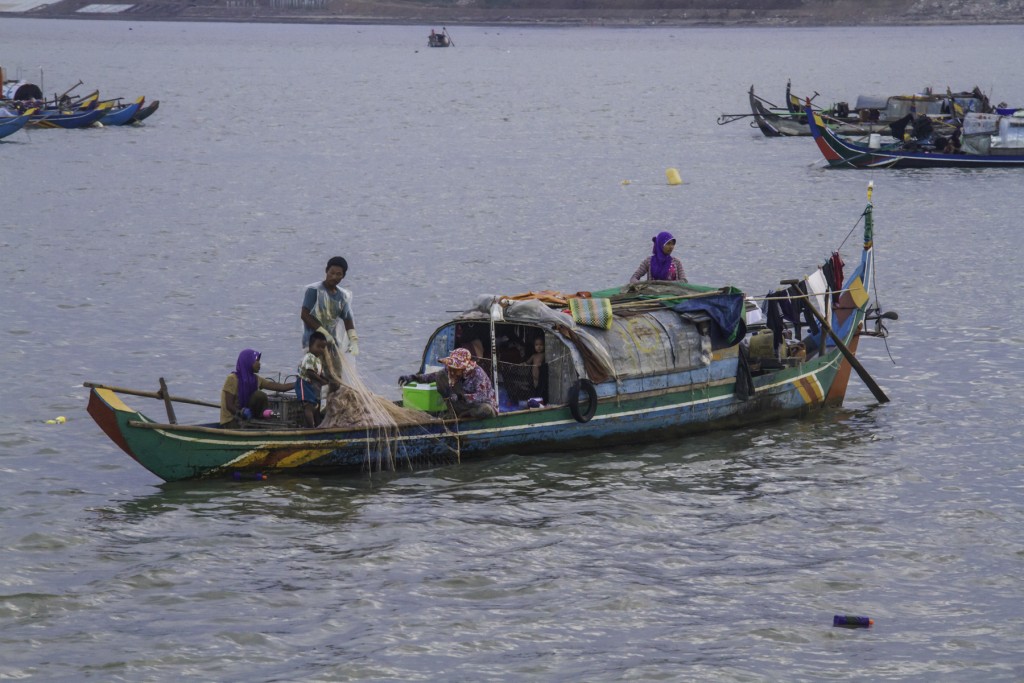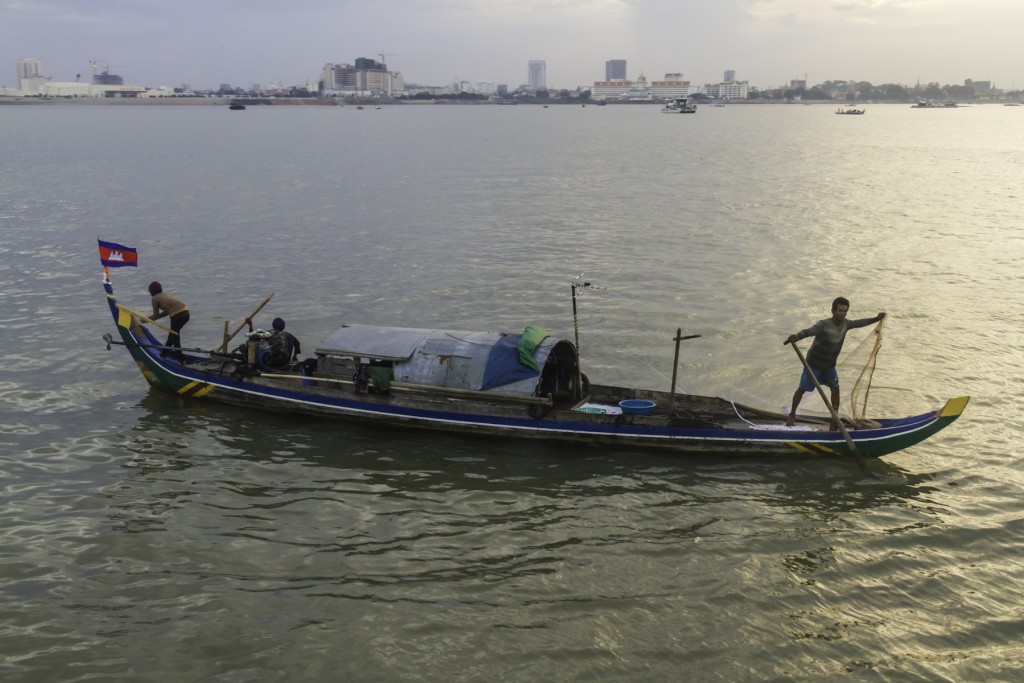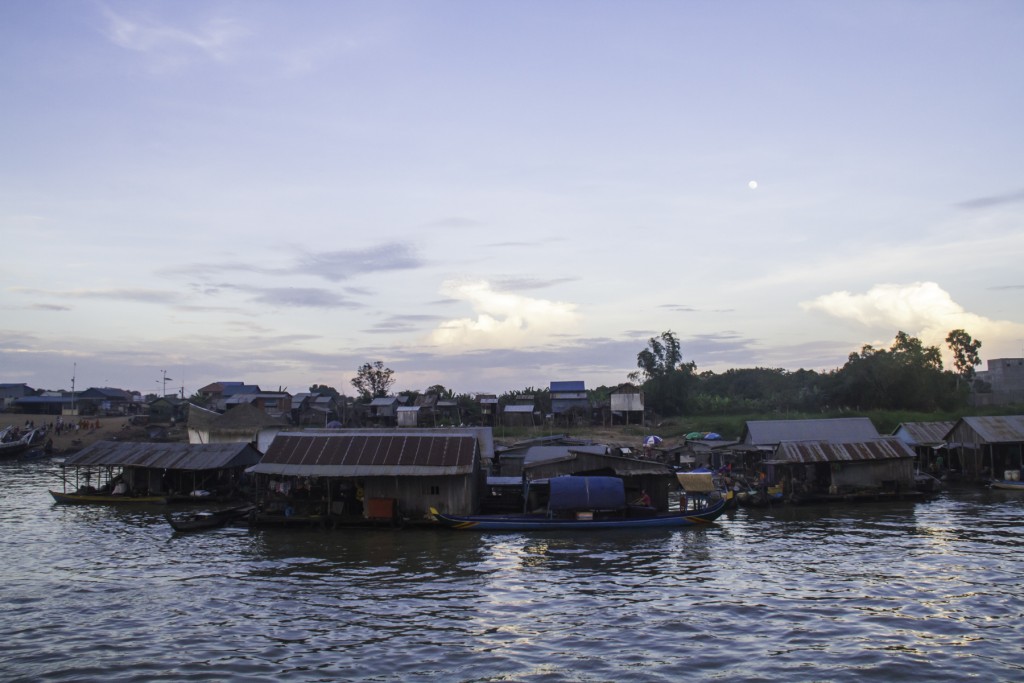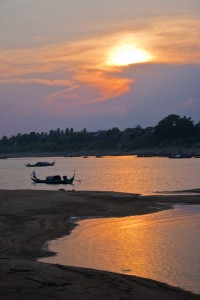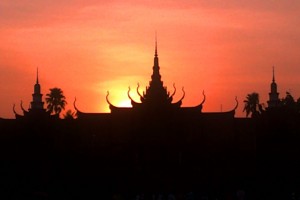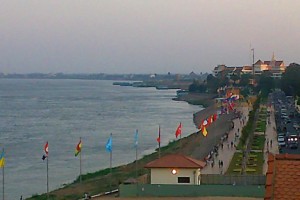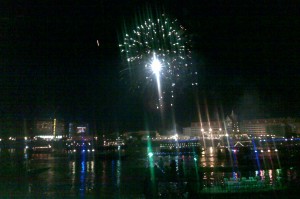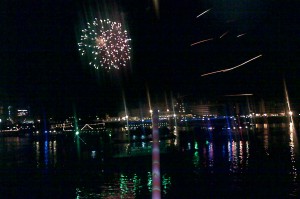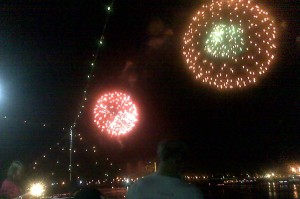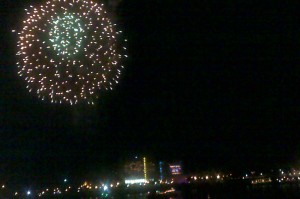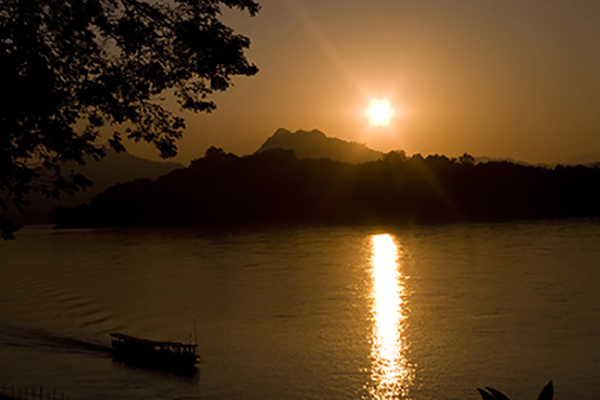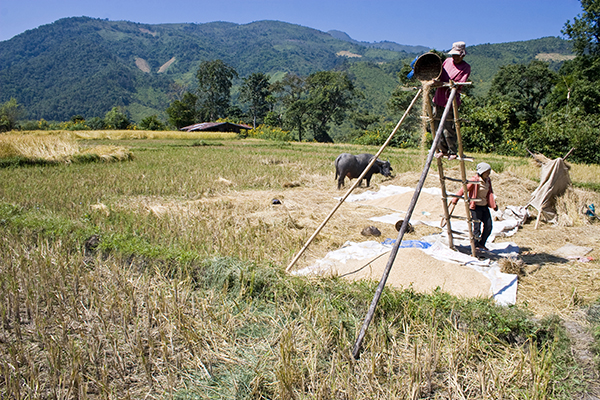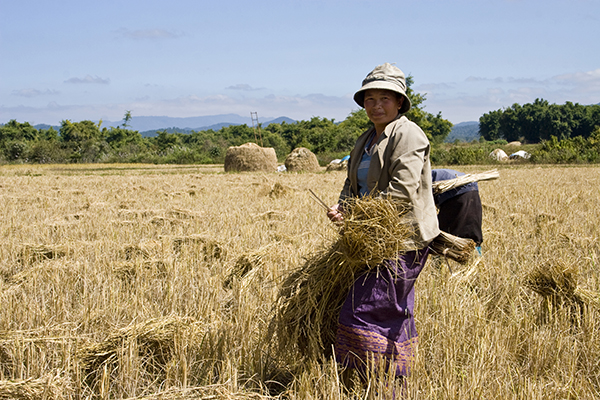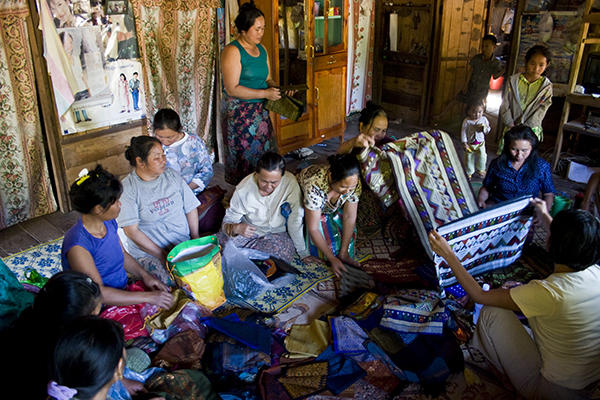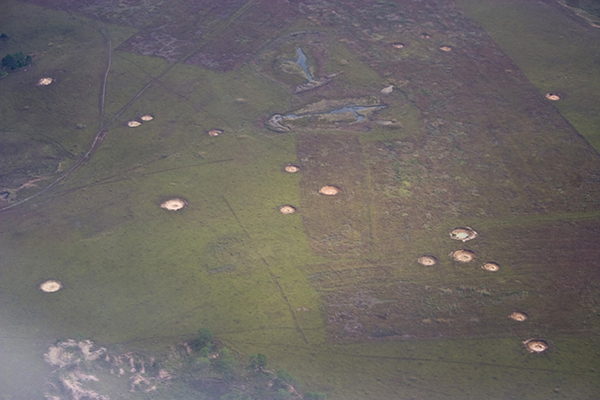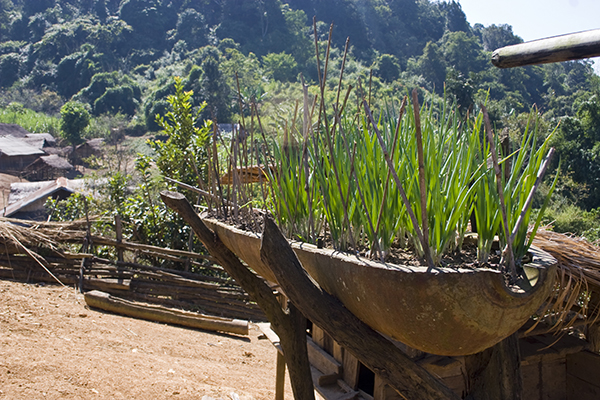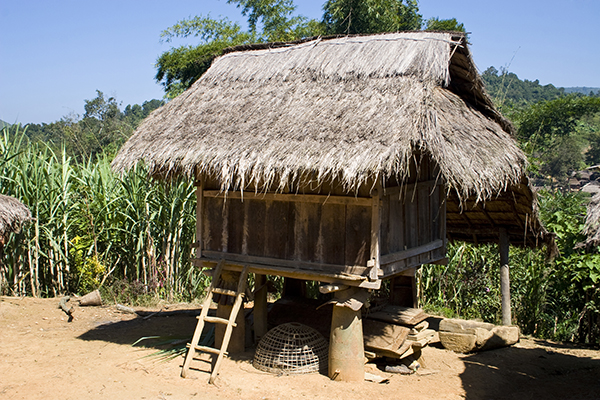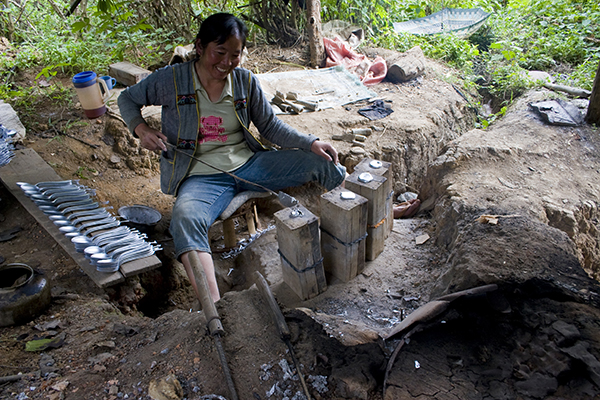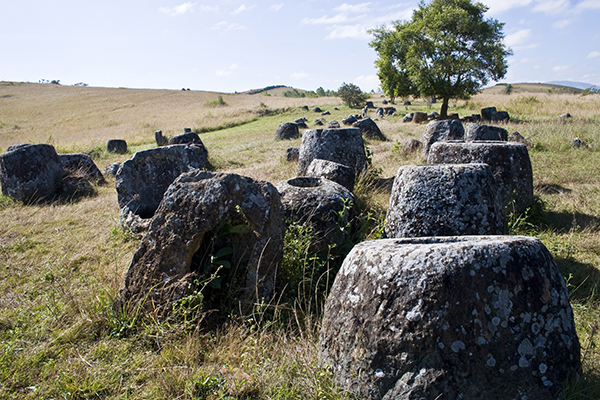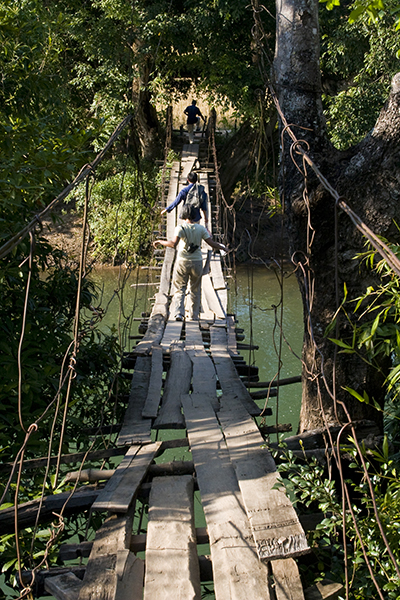Welcome to the March 2015 Carnival of Natural Parenting: Day in the Life
This post was written for inclusion in the monthly Carnival of Natural Parenting hosted by Hobo Mama and Code Name: Mama. This month our participants have given us a special glimpse into their everyday.
***
Escaping the heady concrete jungle of Phnom Penh every once in a while is a necessity for sanity’s sake. Most people take off for the coast on a day or weekend trip, or relax for a few hours in any one of the resorts that now dot the outer sprawl of the city. Last weekend, we visited a friend across the river.
Our oldest has settled into a reasonable sleep cycle (yey!), but our younger one still wakes up at the crack of dawn (groan). Naturally that means we’re all up. Time to open up the house to get air flow and, it being a tropical climate, on weekends the kids will sometimes take their shower outside and that ends up in all-out water play.
Most expatriates have motorbikes or cars, but we like to use tuk tuks within city limits. Ten years ago vehicles were rare and most streets in the capital were unpaved. But now the congestion makes tuk tuks rides less pleasant due to emissions (unregulated), road rage (most people never properly learned how to drive and there are essentially no road rules), and the right of way afforded by type of vehicle (the post-conflict influx of large amounts of aid ensured that progress leans to the well-connected. Today Cambodia boasts a very high number of luxury vehicles per capita, particularly Lexus, and they drive like they own the roads).
The city built many outdoor play and recreation spaces, which the kids enjoy in the mornings before the heat sets in. Large recreational spaces are popular, and replicated in the provincial capitals which are all situated by rivers. Competitions are held every year for the most attractive riverside, with the winning municipality getting more funds for beautification.
Coconuts are almost a daily dietary requirement in this tropical heat. It’s nutrient-dense, great for hydration and cheap. These guys pushing loads of coconuts around the city and charge anywhere from 1500-2500Riel (US$0.37-0.62) each.
The end of the rains when temperatures drop is peak wedding season, disrupting life and traffic everywhere. Like elsewhere, they’re elaborate. Reception halls are a fairly recent concept, and because urban homes tend to be Chinese shop house style (long but narrow), these one- to three-day affairs are usually held in a makeshift “wedding hall” that spill out onto the streets just outside the bride’s home. It’s often a drag if these affairs pop up near the house – because of the noise (chanting starts at 5am!) and backed-up traffic.
I think the National Museum is the most beautiful building in the city, with architecture that is uniquely Khmer (and from which evolved the Thai style). Unfortunately as with any city, these elements from architectural tradition are lost in the race to modernize. A friend lives in a flat overlooking the museum, and for this view alone it’s always a treat to visit him.
The next most beautiful structures in the country are those in the Royal Palace. In this picture is the Moonlight Pavilion (ព្រះទីន័ងច័ន្ទឆាយា or Preah Thineang Chan Chhaya). It faces the confluence of the Tonle Sap and Mekong River, and it serves as a stage for classical dance, or as a viewing platform when there are events outside the palace grounds or on the river. (Further down this post is a photo of that pavilion lit up at night.)
Today we were invited to a friend’s house across the river (that’s Phnom Penh in the background). The river crossing takes us past lots of boats, some of which are the homes of the families who trawl for fish. These communities have been displaced repeatedly, as each tract of land they dock to gets developed.
Our friend found a house for sale in another province; she bought it, then had it taken apart and rebuilt on her property using the same materials and design of the original home. Inside, her husband’s artwork is on display across the walls. The house is traditional in all aspects except the bar and furniture.
My husband likes to walk around the neighborhoods taking photos, and this is the general reaction to him, below. What is this barang (foreigner) looking at?? Of course, what’s considered typical for them is new and interesting to us – just like the laptop is an everyday fixture for us while the village grandma is transfixed. The 3rd photo below is the traditional way of making textiles, using a loom. Depending on the quality and complexity of design, it can take up to a month for one person (almost always a woman) to make a piece of fabric ~2m x 1m. These will sell in the local markets for around US$25-60.
Cambodia fortunately doesn’t suffer the natural disasters its neighbors face seasonally. There are no earthquakes, tornadoes, nearby volcanoes, tsunamis etc. But during the rains this largely flat country is prone to flooding. So houses are raised on stilts. The space below has multiple uses: farm animals can be fed here, then the area can be used for cooking, sharing meals or napping in the hammocks, and at night the farm animals come back for shelter.
The kids get sugar cane juice before boarding the vessel to head back across the river to Phnom Penh. From this side of the river is a close-up view of the floating villages, and the slow launch of our boat lets the curious watch a slice of life in this often-displaced community.
Back in Phnom Penh we’re dropped off on the riverside where we take the kids for a walk. Every evening vendors of all manner line the streets (selling fried insects, fruits, balloons, popcorn, kites, etc). Sundowners by the river with a coconut or a nice cocktail, taking in the bustling scenery, are popular. Exercise groups converge here when the sun goes down. Joining an aerobics “class”, moving to modern dance hits, costs ~2000Riel (US$0.50).
Finally, it’s time for a drink. Cambodia is a popular destination for travelers hitting Southeast Asia, and this week it’s an old friend from college joining us for a drink while the kids run amok. Luckily in this part of the world, it’s the norm to lend helpful hands and watchful eyes on all little ones, regardless whose kids they are. Asia is a fantastic region for families for this cultural fondness for children. It’s hard to imagine things any other way, until we spend time in the US on holiday where the environment for parents with children in tow seems comparatively hostile!
On the way home, we pass again the more common scenes at night.. the Royal Palace, the National Museum, old colonial mansions. Just outside these compounds, cyclo drivers tuck in for the night.
Home! Of course, even if we’ve already eaten, and even if they’re clearly spent after a long day, the kids never fail to plead hunger so they can stay up just a little bit longer..
***
 Visit Hobo Mama and Code Name: Mama to find out how you can participate in the next Carnival of Natural Parenting!
Visit Hobo Mama and Code Name: Mama to find out how you can participate in the next Carnival of Natural Parenting!
Please take time to read the submissions by the other carnival participants:
- A Day as Mama and Data Manager — Becca at The Earthling’s Handbook explains what she actually does as data manager of a social science research study, as well as Mama to a baby and a fourth-grader.
- Pictures of a Day — A photo montage of a typical day in the life of Life Breath Present! You can see how she wakes up and spends her time in quiet, to Baby Boy sleeping at dinner, making natural products, and so much more!
- Escaping a Mekong cityscape for a slice of rural life — It’s often necessary for Nathalie of Kampuchea Crossings to escape the heady concrete jungle that Phnom Penh is rapidly becoming, for the calmer environment of rural life.
- Community-schooling — Dionna at Code Name: Mama and her family don’t *home*school, they *community* school!
- A day in the Life in La Yacata — Read how Survivor and her family at Surviving Mexico Adventures and Disasters spend their Sundays off-grid in rural central Mexico.
- Day in the Life of the Cole Family — Stoneageparent details the everyday life of her family through twelve photos taken over twelve hours
- The Days Are Just Packed — Holly at Leaves of Lavender talks about the beauty and simplicity of daily life with a toddler.
- A Day In The Life of a Heavily Pregnant Naturally Parenting Mama — At 37 weeks pregnant, Sam Vickery of Love Parenting shares her current reality as she naturally parents her four-year-old and awaits her sweet baby.
- My Life in Pictures on a Random Day — Donna at Eco-Mothering captures a random winter day in Rhode Island through a series of snapshots. What seemed boring at first made her smile in the end.
- How One Book Inspired Our Whole Day: A Day in the Life — How to plan the whole day with a toddler after reading one book together from Rachael at B is for Bookworm.
- A day in the life of an unschooling, work-at-home family — Lauren at Hobo Mama shares a picture journey through a typical day with three little homeschooling boys.
- Day in the Life of a Toddler — From mess making to cleaning up to trying new things, All Natural Katie shows the life of a toddler.
- Things I have done today (and every other day for the past seven years) — Marija Smits shares what a ‘normal’ day looks like in her crazy world of kids, writing, creativity and household chores!
- Just Another Wednesday — Lactating Girl at The Adventures of Lactating Girl shares a glimpse into a typical Wednesday in her family’s life.
- Day in the Life — Dr Sarah at Good Enough Mum gives us glimpses of her life as a British GP and mum.
- Our days, these days — Dietary restrictions and health issues take a lot of time for Jessica Claire at Crunchy-Chewy Mama, but she still follows her passions and tries to show up for her kids.
- A (Typical) Day in Our Life — ANonyMous at Radical Ramblings describes a typical day with two kids, eight cats and two dogs.
